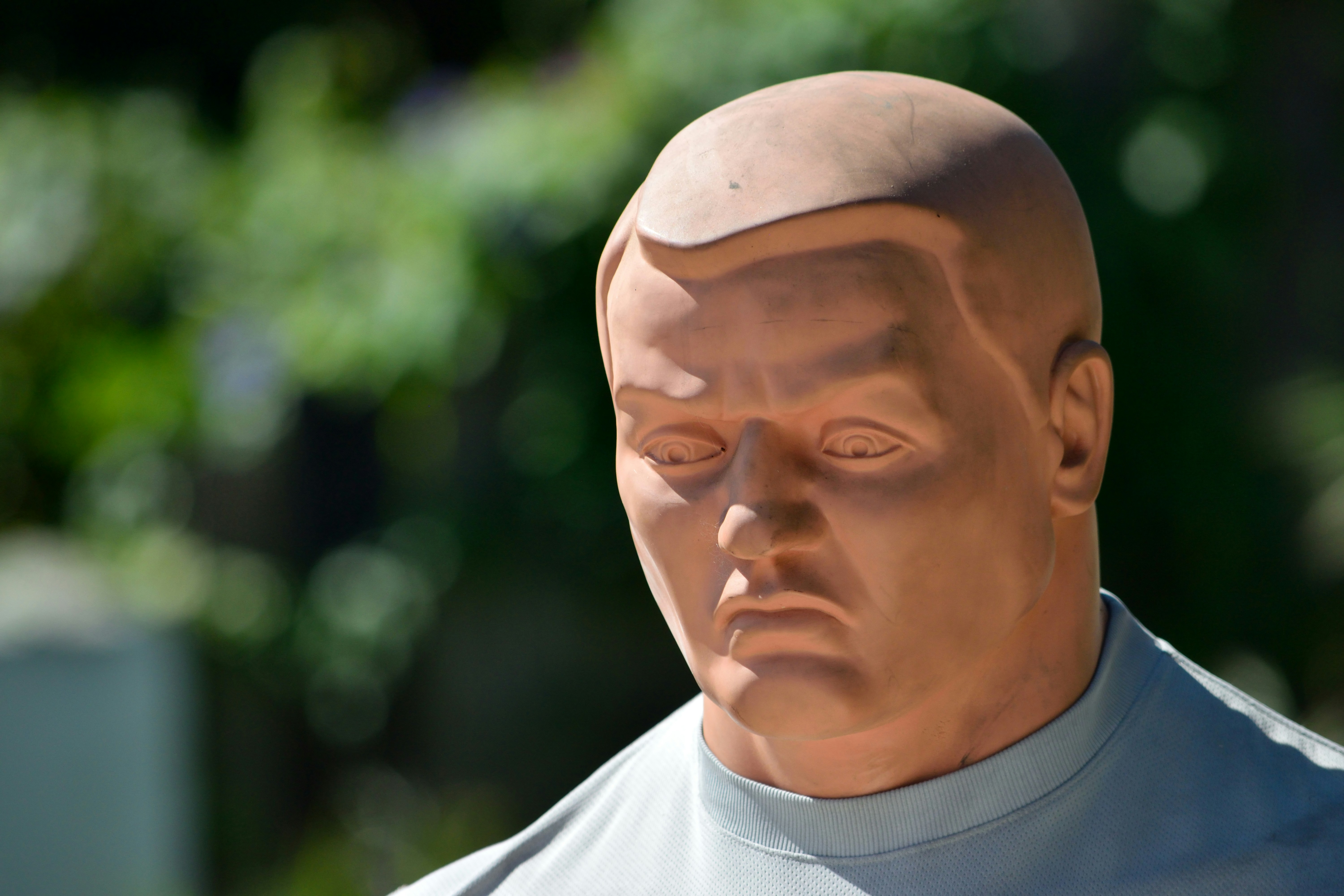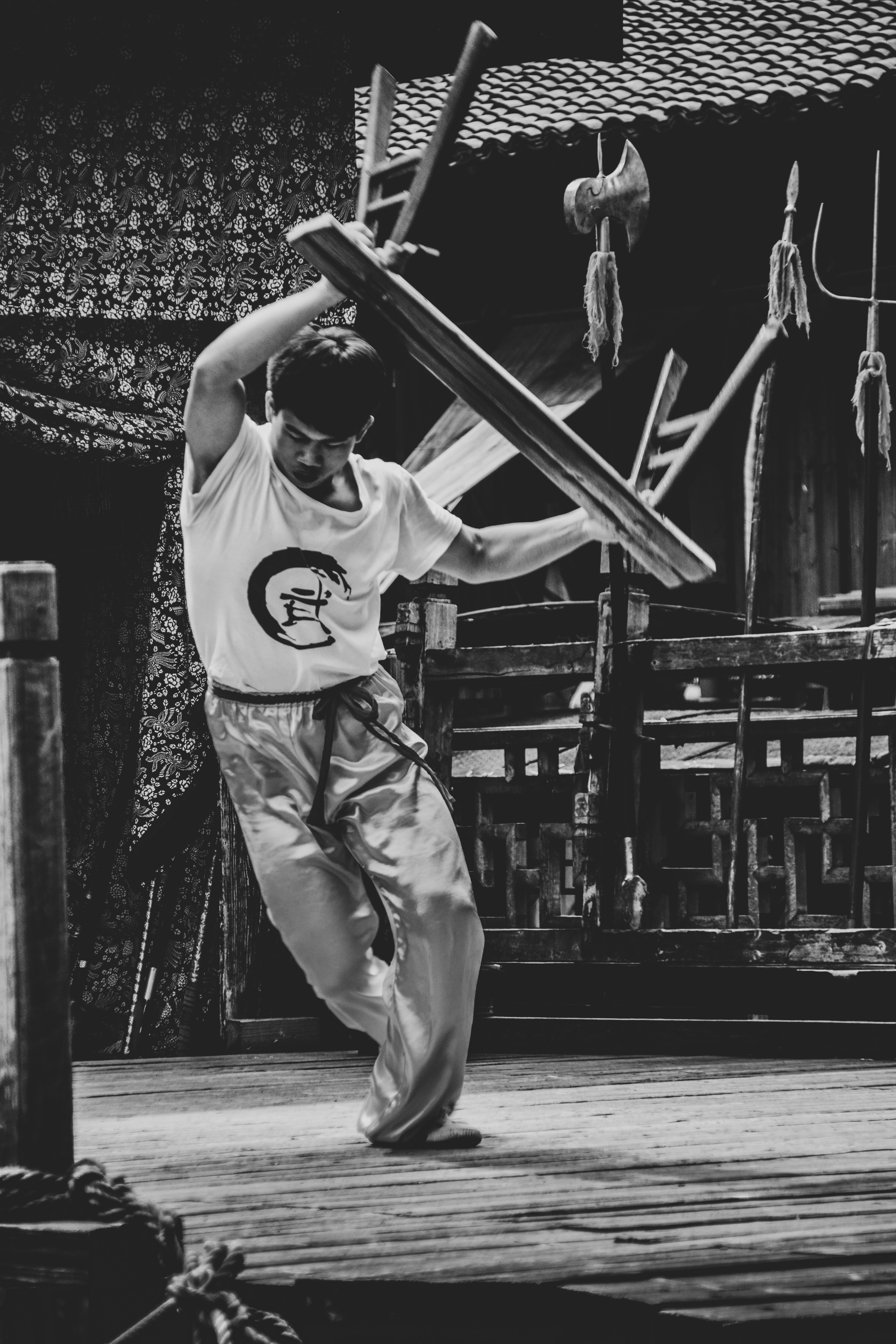Deepfake technology refers to the use of artificial intelligence (AI) and machine learning techniques to create realistic audio and visual representations of individuals.
By employing advanced algorithms, particularly those based on generative adversarial networks (GANs), deepfake technology can seamlessly alter video footage or audio recordings, resulting in content that appears authentic to the average viewer.
This process involves two neural networks: one that generates the fake content and another that evaluates and discriminates the realism of the content being produced.
Through iterative training, these networks improve their performance, leading to increasingly lifelike outputs.
Applications of deepfake technology span across various fields, including entertainment, gaming, and education.
In the film industry, for instance, directors may utilize deepfake techniques to recreate deceased actors or to digitally alter performances for narrative purposes.
In gaming, developers may create realistic avatars or NPCs that react dynamically to player interactions.
Moreover, educational institutions are beginning to explore the use of deepfake technology in simulating scenarios for training, such as virtual martial arts classes, where users can learn techniques from holographic representations of Wing Chun masters.
However, the rise of deepfake technology is not without ethical concerns.
The potential for misuse poses significant challenges, particularly regarding issues of authenticity and trust.
Deepfakes have been implicated in the spread of misinformation, with misleading videos that can influence public perception and identity.
Furthermore, the nature of consent in creating deepfake content raises questions about the rights of individuals whose likenesses are used without permission.
As the technology continues to advance, a robust dialogue surrounding its ethical implications is essential to navigate its integration into various domains responsibly.

Training with Holograms: Pros and Cons
The advent of holographic technology has heralded a new era in martial arts training, particularly in disciplines such as Wing Chun.
Training with holograms offers several potential advantages.
Firstly, accessibility is a significant benefit; martial arts enthusiasts may find it challenging to locate qualified instructors in their area.
Holographic representations of Wing Chun masters could allow practitioners to access expert guidance from the comfort of their homes or local training facilities, bridging geographical gaps.
This aspect of virtual training not only democratizes access to knowledge but also empowers individuals to train at their own pace.
Moreover, holographic training can provide a highly personalized learning experience.
With tailored programs that can adapt to each student’s skill level, practitioners could benefit from targeted instruction focusing on specific techniques or forms.
Furthermore, the ability to practice at different speeds or angles allows for a more comprehensive understanding of Wing Chun principles.
This flexibility can facilitate mastery of complex movements and concepts that may be difficult to grasp during traditional classes where time and instructor attention are limited.
However, there are significant drawbacks to consider.
One paramount concern is the lack of human interaction, which plays a critical role in martial arts training.
The nuances of Wing Chun, including timing, distance, and energy transfer, often require feedback and adjustments that only a seasoned instructor can provide.
Additionally, the physical presence of a mentor fosters a sense of community and mentorship, which can inspire and motivate students.
Training with a hologram, while innovative, might not replicate the emotive and motivational aspects of in-person training.
Therefore, while the integration of holographic technology presents opportunities for enhanced training modalities, practitioners should also weigh the importance of traditional learning experiences in their martial arts journey.
Future of Martial Arts Training: A Blend of Tradition and Technology
The evolution of martial arts training is being profoundly influenced by emerging technologies.
As virtual reality (VR) and deepfake technology advance, they present exciting possibilities for transforming how students engage with martial arts.
Traditional training methods, characterized by in-person instruction and hands-on experience, may soon be complemented or even enhanced by these modern innovations.
This technological integration could facilitate immersive learning experiences,
allowing practitioners to interact with holographic representations of their instructors, including deepfake simulations of revered Wing Chun masters.
Virtual reality provides a unique platform for students to engage in realistic combat scenarios.
This environment not only helps students refine their techniques in a controlled space but also offers a safe setting to practice against virtual opponents.
The application of deepfake technology could elevate this experience further, creating lifelike avatars of accomplished martial artists.
Such representations could engage students, delivering real-time feedback and personalized instruction, potentially democratizing martial arts training to reach those who may not have access to qualified instructors.
However, the integration of technology into martial arts training poses challenges that warrant careful consideration.
One crucial concern is ensuring that the essence of martial arts philosophy remains intact in this tech-driven landscape.
The traditional values of respect, discipline, and introspection are foundational to martial arts;
thus, it is essential to find a balance where technology enhances, rather than replaces, these core principles.
As students train with virtual instructors, the risk of losing the connection to the rich cultural heritage of martial arts must be addressed rigorously.
Ultimately, as we move toward a future of martial arts training enriched by technology,
it is imperative to embrace these advancements while steadfast in preserving the underlying philosophies.
The hybrid approach may define the next era of martial arts, wherein technology and tradition coexist harmoniously.



